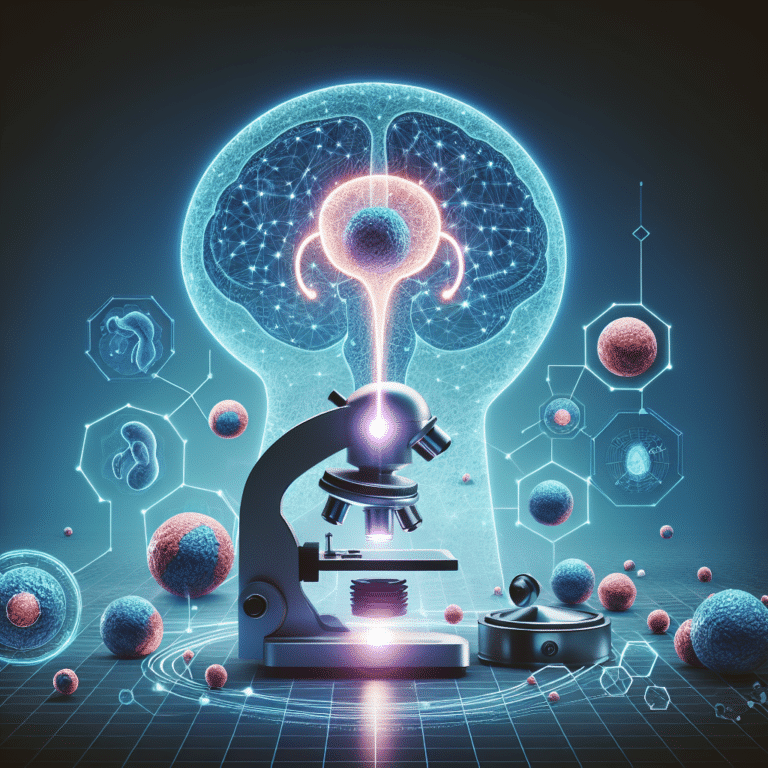Summary
- A study utilized deep learning models to analyze histological images of prostate cancer for detection of various features.
- The study aimed to develop and evaluate models for prostate cancer detection under different test conditions using image datasets.
- Image patches were generated from histological images for model development, processing, and evaluation.
- The models showed performance comparable to state-of-the-art models with lower computational requirements.
- The study demonstrated the potential of deep learning models in accurately detecting prostate cancer features, which could aid in improving diagnostic accuracy and workflow efficiency.
Researchers have created an advanced artificial intelligence (AI) system designed to improve the detection of prostate cancer by analyzing histology images from diagnostic slides. This system leverages deep learning technology to examine various features within the images, such as tissue patterns, gland structures, nerves, blood vessels, and signs of inflammation.
The AI was trained on a large collection of images from prostate tissue slides. By processing these images, the system can identify structures like cancer lesions and assess their characteristics, helping it to detect prostate cancer with a high degree of accuracy.
A major strength of this AI system is its ability to handle gigapixel images, which are extremely large and challenging to analyze manually. The system breaks these whole-slide images into smaller, more manageable sections, allowing it to thoroughly examine the entire image and identify key features linked to cancer.
The researchers tested the AI in various challenging scenarios, including detecting cancer in older slides with weak staining, estimating the size of tumors, and spotting precursor conditions like high-grade prostatic intraepithelial neoplasia (HGPIN).
The results of the study are promising, showing that this AI system can significantly improve the accuracy of prostate cancer detection. It offers valuable support to pathologists, helping them make more precise diagnoses. This technology could enhance the efficiency and reliability of cancer detection, ultimately benefiting patients by enabling earlier diagnosis and treatment of prostate cancer.
Pathology&LabMedicine,Oncology,Urology


